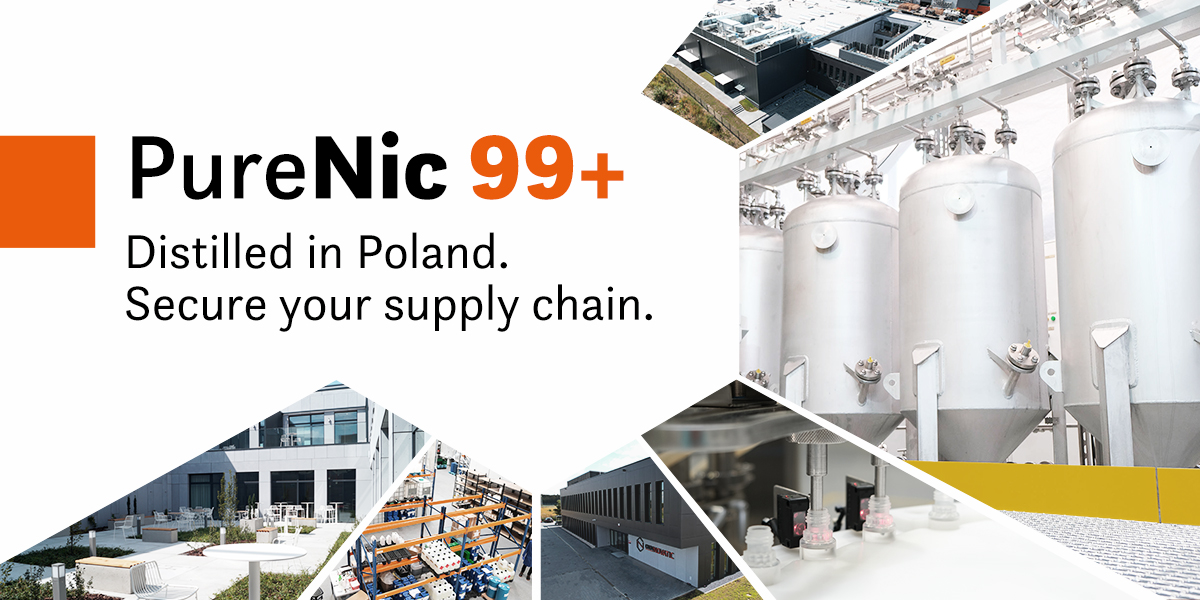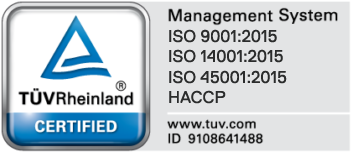
From this article you will learn:
- What an MSDS (Material Safety Data Sheet) is and what its functions are
- What a TDS (Technical Product Data Sheet) is and how it differs from an MSDS
- Who has access to MSDS and TDS documentation and why it is important
- What products are required to create an MSDS for
- Who is responsible for preparing the MSDS and what their responsibilities are
- Whether and how often the MSDS should be updated to ensure regulatory compliance
Any company involved in the production of chemicals should pay special attention to ensuring good technical documentation. Properly compiled, it provides detailed information that not only protects employees, but also protects the environment from the harmful effects of substances. Thus, technical documentation is the foundation for effective management of chemical production.
It also makes it possible to manage the risks associated with handling a chemical product. It is important to remember that the preparation of accurate and meticulous documentation provides essential support for manufacturers, distributors, and other users of products. It is worth ensuring that the technical data of chemical products is constantly updated, as this leads to their improvement. Additionally, through transparency, trust and relationships among customers and business partners are strengthened.
The basic documents that should be provided are MSDS and TDS. The rest of this article will provide more information on their structure and content.
What is an MSDS and what is a TDS – definition, differences
MSDS – Material Safety Data Sheet
MSDS, or Material Safety Data Sheet, is a document that provides a lot of information about the properties of substances that may be hazardous. It also contains recommendations for their safe storage.
What an MSDS should contain and how it should be structured is determined by the REACH (Registration, Evaluation, Authorization and Restriction of Chemicals) Regulation, which deals with the registration, evaluation and authorization of chemical products.
The Safety Data Sheet, as the MSDS is otherwise known, contains 16 sections that detail the conditions for safe handling of a substance. There is information on, among other things, what to do in the event of an emergency and what action to take immediately in the event of an emergency, how to store the substance safely, or how it should be transported.
Every manufacturer is obliged to provide an MSDS to all recipients of products that require such a document. The MSDS is provided free of charge in the official language of the country where the substance is used.
TDS – Technical Data Sheet
TDS, or Technical Data Sheet, is a document that provides information on the technical parameters and physical and chemical properties of a product. Unlike the Safety Data Sheet, there is no regulation that specifies what should be included in the Technical Data Sheet (TDS). The above data can be supplemented with conditions for safe transport and storage of the substance, its use and recommended processing methods, but ultimately it is the manufacturer who decides in what form and what information to include in the Technical Data Sheet. Accurate drafting of the Technical Data Sheet by the manufacturer is a good practice that demonstrates its reliability and the quality of the products it provides.
MSDS or TDS – who has access to the documentation?
The Material Safety Data Sheet must be mandatorily provided to all recipients of the product. The manufacturer does not charge any fee for providing the MSDS, and matches the language of the document to the official language of the country where the product will be located.
Technical product documentation, or MSDS and TDS, must be made available to all employees who handle the product. Adequate familiarity with these documents allows you to handle the product in a way that minimizes the risk of danger and allows you to take immediate action when it occurs.
Knowledge of the properties of substances, especially those that may be hazardous, greatly contributes to maintaining a high level of safety in the workplace.
For which products is an MSDS created?
There are several criteria that determine which substances and mixtures require a Material Safety Data Sheet. These are products that classify themselves as hazardous according to the CLP regulation. This includes persistent substances that exhibit bioaccumulation and toxicity, as well as very persistent substances that exhibit very high bioaccumulation. An MSDS should also be created for any other reasons that classify a product as requiring authorization.
There are additional criteria that require the preparation of an MSDS even though the substance is not classified as hazardous according to the CLP regulation. This applies to substances that are skin sensitizers, carcinogens, reproductive toxicants and target organ toxicants for both single and repeated exposure.
Learn more:
- CLP Regulation Changes In 2024: What You Need To Know?
- UFI Code: What Is It & How Does It Apply To The E-Liquid Industry?
- Pharmaceutical Quality Of E-Liquids: What You Should Know?
- E-Liquid Industry Regulations: REACH and CLP
- TPD vs E-Liquids: What You Should Know About Tobacco Product Directive?
- CLP: What Is It? How Does It Influence Nicotine Base or E-Liquid Packaging Design?
- What is REACH and why do we talk about it?
- Main Chemical Regulations in the EU
- Production environment – the essence of the validation procedure in maintaining the highest quality products
- How to maintain quality in the chemical industry: the key role of parameter control in the production environment
- Reliability and purity: investigating trace substances in pure nicotine
Who creates the MSDS Material Safety Data Sheet?
The creation of the Material Safety Data Sheet is the responsibility of the manufacturer. The MSDS contains very important information that must be prepared with the utmost care for its accuracy, so this task must be entrusted to a competent person.
The creation of a Material Safety Data Sheet requires knowledge of many areas, which include relevant legislation, chemical standards, or toxicology. For this reason, it happens that the MSDS is prepared by several people who are qualified in a particular area.
Below are all the sections that must be included in the MSDS:
- Identification of the substance/mixture and identification of the company
- Hazard identification
- Composition/information on ingredients
- First aid measures
- Fire-fighting measures
- Accidental release measures
- Handling and storage of substances and mixtures
- Exposure controls/personal protective equipment
- Physical and chemical properties
- Stability and reactivity
- Toxicological information
- Ecological information
- Waste treatment
- Transport information
- Regulatory information
- Other information
The amount of information to be included and its scope require from those preparing the documentation a high degree of meticulousness and reliability. For this reason, it is worthwhile to pay attention to the continuous expansion of competence in the above areas, so as to provide the necessary knowledge for those in direct contact with the product.
It is also important to remember that product information should be formulated in a concise, clear and lucid manner to make it easier for workers to familiarize themselves with the substance and to avoid possible mistakes when working with the substance.
Information on how to read the MSDS can be found here.
Should the MSDS be updated?
Updating the SDS is necessary to keep worker safety and environmental protection high. The REACH regulation specifies the circumstances that mandate updating and reissuing the SDS. This happens in 3 cases:
- when there is new information on hazards or that may affect risk control measures,
- when an authorization is granted or denied
- when a restriction is applied.
Such an updated version should be provided to all recipients of the substance who ordered it within the last 12 months. However, it is worth ensuring that the product is constantly checked and its information updated without the above circumstances. Expanding knowledge in this area is a good practice that significantly influences innovation and development of already existing products.
Summary
The basic documents that should be provided to all those who come into contact with a substance of concern are the MSDS and TDS. This will ensure workplace safety and adequate environmental protection. The documentation should be prepared as accurately as possible according to the guidelines of the relevant regulations, and the information contained therein should be updated regularly. Such measures will make the chemical management process correct and, above all, safe, which will ultimately increase the quality of the products supplied by the company and positively affect its reputation.
Need support?
Together, we can ensure workplace safety and environmental protection. That’s why we encourage you to read the “Chemnovatic guide – safe usage of chemicals”, which provides tips on best practices in the chemical industry.
Trust the experts
Chemnovatic offers support in complying with regulations such as REACH, CLP, TPD and many others. Our experts specialize in simplifying complex procedures, saving our clients’ valuable time. When you choose our services, you can count on a professional approach and extensive legal support.
Join our clients now and expand your business by capturing new markets. Find out more about our regulatory services here or contact us directly via sales@chemnovatic.com to maximize your business success.
References:
Let’s grow your business together!
Subscribe to our newsletter and receive a free access to our e-mail course on raw materials for e-liquids production (and more!).
No spam, only valuable content we promise to send you.

















